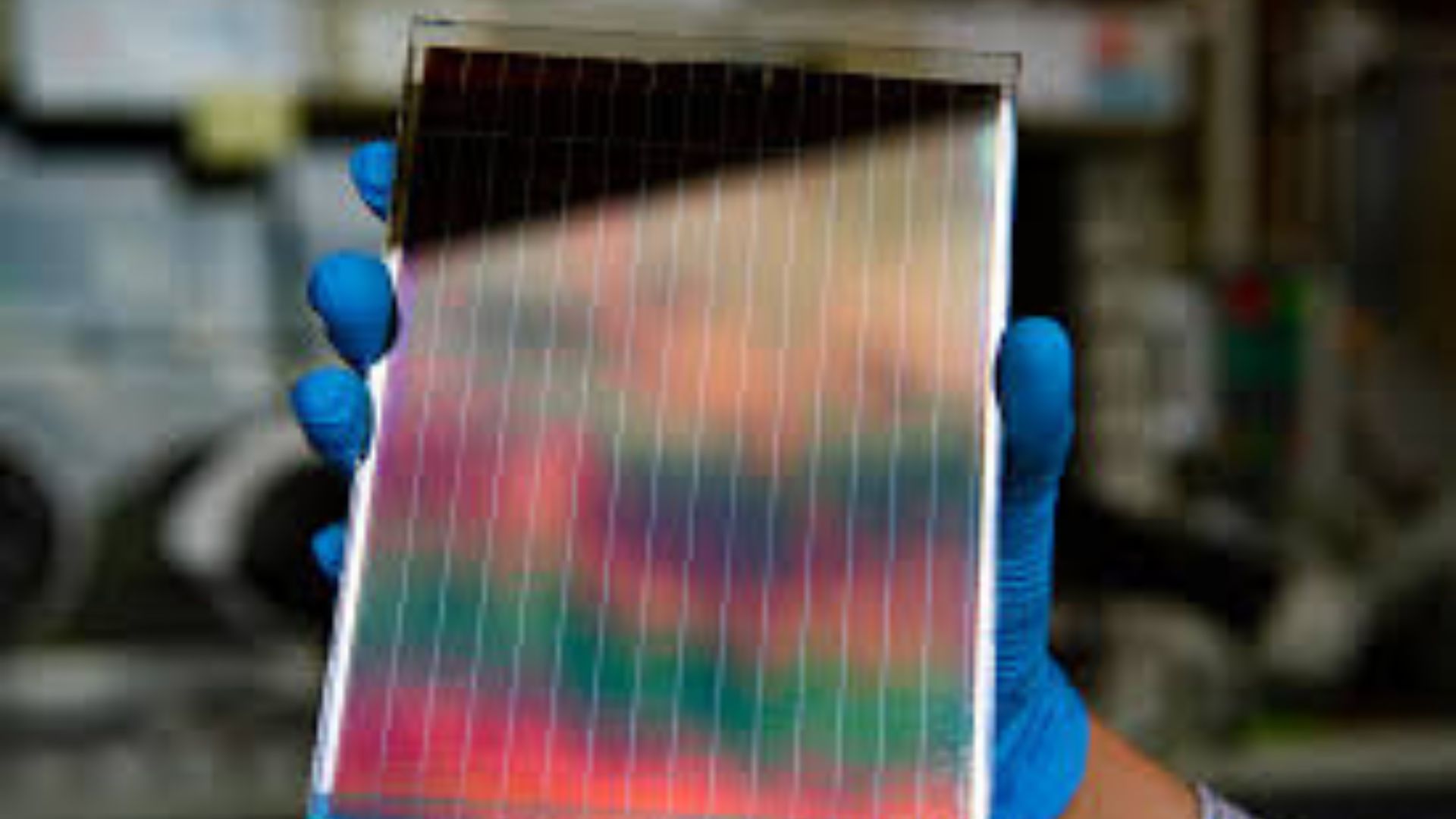The solar industry
Perovskite Solar Cells: A New Frontier
Perovskite solar cells have garnered immense attention due to their remarkable efficiency gains. These cells utilize a novel material, methylammonium lead iodide (CH3NH3PbI3), with a perovskite crystal structure. This unique configuration enables:
- Higher power conversion efficiency (PCE) rates: 23.6% (Oxford PV, 2022) vs. 22.3% for traditional silicon (Trina Solar, 2022)
- Lower production costs: $0.30-0.40 per watt (BNEF, 2022) vs. $0.60-0.80 per watt for traditional silicon (BNEF, 2022)
- Flexibility and scalability: suitable for building-integrated photovoltaics (BIPV) and wearable electronics
Researchers have made significant strides in addressing initial concerns surrounding perovskite stability and toxicity: - Enhanced fabrication techniques: solvent-engineering (Ke et al., 2019) and vacuum deposition (Yang et al., 2020)
- Material engineering: incorporating Cs and Rb cations (Wang et al., 2020) and developing lead-free perovskites (Liu et al., 2020)
Tandem Solar Cells: Unleashing Synergies
Tandem solar cells stack multiple photovoltaic layers, optimizing energy absorption across a broader spectrum. This configuration:
=Boosts efficiency by 50% compared to single-junction cells: 26.7% (NREL, 2022) vs. 17.8% (NREL, 2022)
=Enhances thermal stability and durability: reduced temperature coefficients (Kim et al., 2019)
=Enables integration with existing infrastructure: compatible with silicon manufacturing processes
Challenges and Opportunities –
While perovskite and tandem solar cells hold immense promise, challenges persist:
=Scaling up production while maintaining efficiency
=Ensuring long-term stability and reliability: 10-year lifespan target (IEA, 2022)
=Addressing environmental concerns: lead-free perovskites and recyclable materials
Overcoming these hurdles will require:
=Collaborative research efforts: $1.5 billion invested in solar R&D (IEA, 2022)
=Investment in manufacturing infrastructure: $10 billion (BNEF, 2022)
=Innovative material solutions: developing sustainable and efficient materials
The Author of this article is – Mr. Amit Kumar Singh, Regional Sales Manager, AXITEC Energy India Pvt. Ltd, leading solar module manufacturer

